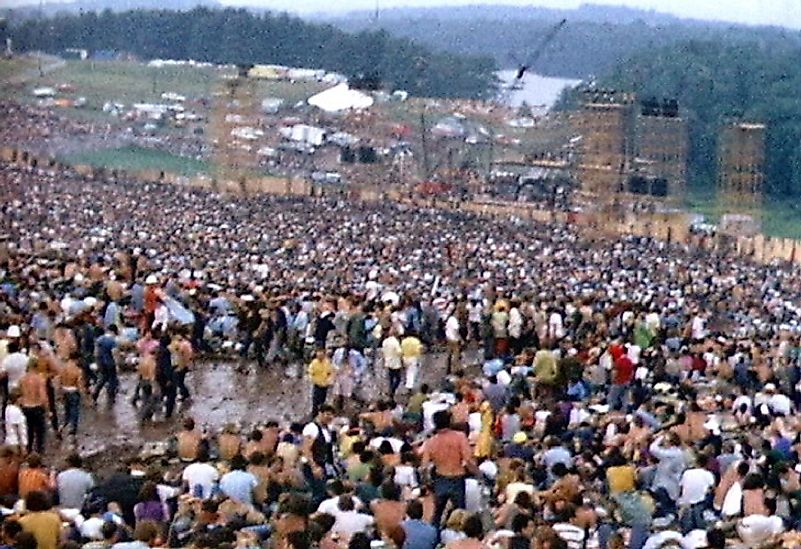What Is Psychedelic Music?

Made widely popular in 1960s America, Psychedelic music attempted to replicate hallucinogenic experiences for its listeners through the awesome power of music. The music developed in the context of an underground drug culture and a rebellious and creative population. Psychedelic music heavily experimented with instruments and studio sounds and made use of Eastern instruments such as the Indian Sitar. The music gave rise to some of the world’s most acclaimed bands and artists in history and also inspired established groups to create iconic records.
5. Overview and Characteristics -
Psychedelic music encompassed several genres, including rock, pop, and folk. The music was geared towards achieving other states of consciousness, especially those achieved through the use of drugs including lysergic acid diethylamide (LSD) and marijuana. The music aimed to invoke a psychedelic experience and to achieve this, exotic instruments such as tabla and sitar were often used. Records make use of studio recording techniques to create surreal sounds including filtering, extreme reverb, phasing, extended delay hoops and multiple repeats. The music’s lyrics often directly or indirectly mention drugs or drug use and are long, intricate, whimsical, esoterical, and are informed by literature.
4. Origins -
Psychedelic music developed in the folk and blues music scene, primarily in the United States and followed by musicians in the United Kingdom. The music’s development corresponded with the increasing popularity of psychedelic subculture, where folk and jazz musicians began experimenting with drugs. Psychoactive drugs such as marijuana, LSD, mescaline, and psilocybin, all of which induced mind-altering experiences, became popular and drug enthusiasts such as Owsley Stanley, who established an LSD factory in San Francisco, promoted drug use. The music was also influenced by non-Western music forms especially those from India. Some American cities were pivotal for the development of the music including New York, San Francisco, and California.
3. Spread and Development -
From the music’s cradle in San Francisco, it spread into other parts of the United States. New York, Los Angeles, and Texas were home to their share of psychedelic acts. By 1967, the music had found its way to the folk music scene in the United Kingdom. A growing hippie movement, characterized by long hair and wild clothes, embraced the music as a symbol of non-conformity. Psychedelic music subsequently spread to other parts of Europe, inspiring numerous bands in countries like Germany, the Netherlands, and Denmark. Asia, Central America, Latin America, and Australia further embraced the music and boosted its international prominence.
2. Notable Artists -
Pioneer bands of the music include the Texas-based 13th Floor Elevators, the Holy Modal Rounders from New York City, and the Grateful Dead based out of San Francisco. Other bands included Jefferson Airplane, The Doors, Blues Project, Red Krayola, The Byrds, Pink Floyd, Big Brother, and the Yardbirds. Established groups including the Beatles and the Beach Boys also released their own records inspired by psychedelic music.
1. Greater Significance and Legacy -
Psychedelic music was a social and musical experimentation which rebelled against the mainstream-accepted forms of creativity. The music was born out of underground subcultures which revolved around drug use and non-conformity. The music revolutionized creative expressions and paved the way for other musical forms such as punk, heavy metal, and progressive rock. Psychedelic music continues to inspire numerous artists and bands even in modern day.







